It’s quite easy to get your app published to Google Play and the App Store. Well, it’s great that creative developers with good ideas can make their apps available to the public, although this also creates problems.
There are so many apps now that many are largely ignored. In fact, the post-installation retention rates of most apps are pretty dismal. In many categories, 30-day retention rates for app installs are less than 3%.
So, what is different about popular apps? Are they simply better designed? In some cases, yes, this is true. Take a look at some of the most popular apps, and you will find a team of very skilled developers behind the scenes.
That said, there are also great apps that simply don’t get enough engagement. Some of these are even better than the competition that has gained traction.
If you have a great app that simply isn’t getting noticed, your issue may be marketing. You can turn things around by following these marketing hacks for mobile apps.
Use Personalized Push Notifications — Carefully
Used properly, push notifications are helpful and engaging. They offer something valuable at the moment, and they also remind users that the app is there and useful to them. Misused, push notifications are annoying and ‘pushy’.
So, what makes the difference? Personalization! People are much more receptive and responsive when they receive push notifications that appeared to be created specifically for them.
What makes this so important? You have to understand that the average person is hit with dozens of emails, texts, and other notifications. The ones that are meaningless to them are viewed as a nuisance. On the other hand, when you send relevant, meaningful notifications, you encourage engagement with your app and trigger a sense of urgency.
App marketers have had success in boosting engagement with the following notification types:
- Location-Based — Example: The retailer’s loyalty app sends a notification with a discount code when the user is near one of their stores.
- Transactional — Example: An e-commerce app will provide the user with payment confirmation.
- Event — Example: A social media app sends a user a congratulatory message on their ‘cake day’ and offers a discount on premium membership.
These are useful notifications that will encourage the user to engage with the app and deliver valuable information.
Encourage And Respond to Feedback
Ultimately, engagement is communication. It’s really only effective if there is back and forth. This means that brands must listen and respond. When app users communicate with your company directly on social media, contact your support, or leave reviews, they are reaching out to you with their approval or disapproval. Think of it as your responsibility to encourage these interactions.
You can boost this kind of encouragement by taking the following steps:
- Respond quickly and positively to feedback that app users provide.
- Encourage users to leave reviews and share their thoughts across multiple channels.
- Be prepared to respond to app engagement anywhere, not only through standard customer support channels.
The most important thing you can do is let your users know that their feedback gets results. For example, when you update your app, you can leave notes on Google Play or the App Store that those changes were made thanks to customer feedback. You can also ask clarifying questions when customers share concerns or criticisms.
Build Referrals Into Your App
When you have a referral system, you can reward customers who act as brand ambassadors. In return, your app reaches a wider audience. However, this is only effective if the referral program is easy to engage with.
The best way to do that is to incorporate it directly into your app. This way, users don’t have to exit a website or another app to participate. App developers can add features to generate referral codes and enable the user to share via social media, email, or SMS. You might even gamify your referral system by allowing users to view their successful referrals and see how their rewards accumulate.
Publicize Major Developments And Enhancements
It’s important to get news and developments related to your app out to current and potential users. You can do this through press releases, news article writing, even frequent social media updates. If updates fix a known bug or add exciting new functionality, feel free to combine this tip with the notes above on push notifications.
Get Rid of UX Destroying Barriers
People aren’t going to engage with your app if it’s frustrating to do so. Unfortunately, with many apps, that begins with the registration process. There are so many options for automating the registration process by allowing users to utilize their existing social media accounts, Gmail, or by populating the registration from existing customer data. The last one can be done by allowing login using the same customer information used for your website.
There are other things you can do as well:
- Don’t ask for a credit or debit card right away if you can avoid it.
- Keep sign-up forms to a minimum.
- Allow customers to bypass demos and onboarding screens if they wish.
- Pay attention to your interface, ensure that icons are large enough, the text is easy to read, and that things are spaced far enough apart.
Take steps to make sure users can get started on your app quickly and avoid elements that may cause frustration.
Keep Customers Informed With an App Website
Consider creating a website or landing page for your app. You can use this to store and manage various features that improve app engagement. For example, you could post tutorials and advanced tips, host a user forum, and post information on fixes and updates. Link to the website from the app as part of your in-app help content. Add the link to your app store ad, social media, and your primary website as well.
Create a Compelling App Store Listing
There are so many apps published for download that customers have no choice but to be selective in which ones they keep. If your description on Google Play or the App Store isn’t enough to grab attention, your app isn’t going to get much attention. It certainly isn’t going to get meaningful engagement.
To do this, you really have to address two things. The first is communicating how your app will do something more for users than other apps in your category. The second is incentivizing the download. No, that doesn’t mean promising some sort of reward. It could be as simple as offering access to premium features for a limited time or pointing out some ‘ease of use’ feature.
Final Thoughts
You’ve worked hard to develop an app with the kind of functionality that customers will truly enjoy. Unfortunately, that just isn’t enough to ensure active, ongoing engagement. To prevent your app from being just another piece of software that sits unused, you have to encourage customer engagement actively. That involves taking steps both on and off the app in question. Using the marketing hacks above, you will ensure that understanding, UX, and outreach are taken care of. This should help ensure that your audience actively uses your app.
Suggested:
Free vs Paid Mobile Applications: Which Apps Make More Money?
Like this:
Like Loading...



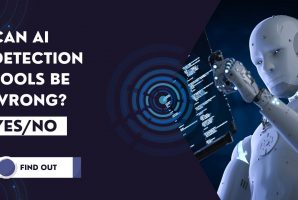


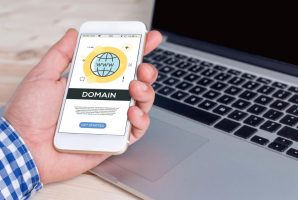
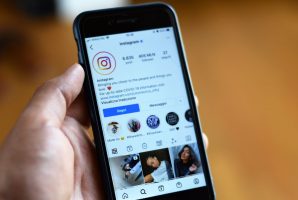



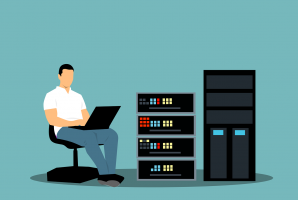

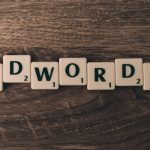 For Better Use, How to Improve the Performance of Google Adwords?
For Better Use, How to Improve the Performance of Google Adwords?
I am so much impressed by your unique contents
It’s a great and tremendous blog post.